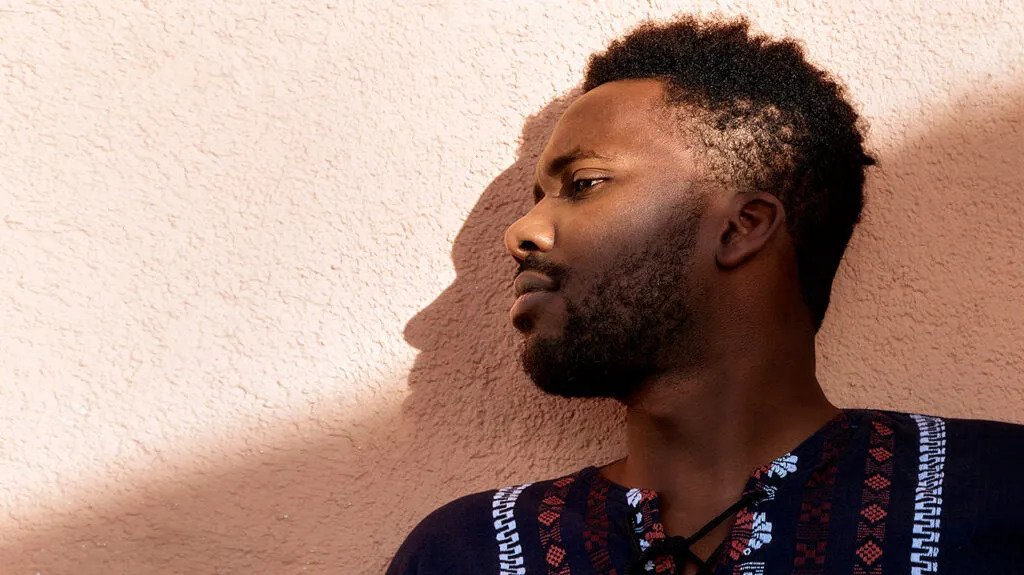Within weeks, 52 of the choir members were diagnosed with COVID, several were hospitalized, and two members died. Experts were initially baffled about the reasons.
“You knew there’s only one thing everybody in that room shared and that was the air,” said Kimberly Prather, PhD, a professor at Scripps Institution of Oceanography in San Diego, CA, who studies aerosol chemistry. “Without a doubt, that is what led to the spread.”
It was a pivotal moment in a pandemic that has created tectonic shifts in our lives at home, work, leisure. The pandemic has also led to major changes in the world of health, medicine, and science, some of which are likely to be with us after the virus no longer dominates the daily news headlines.




